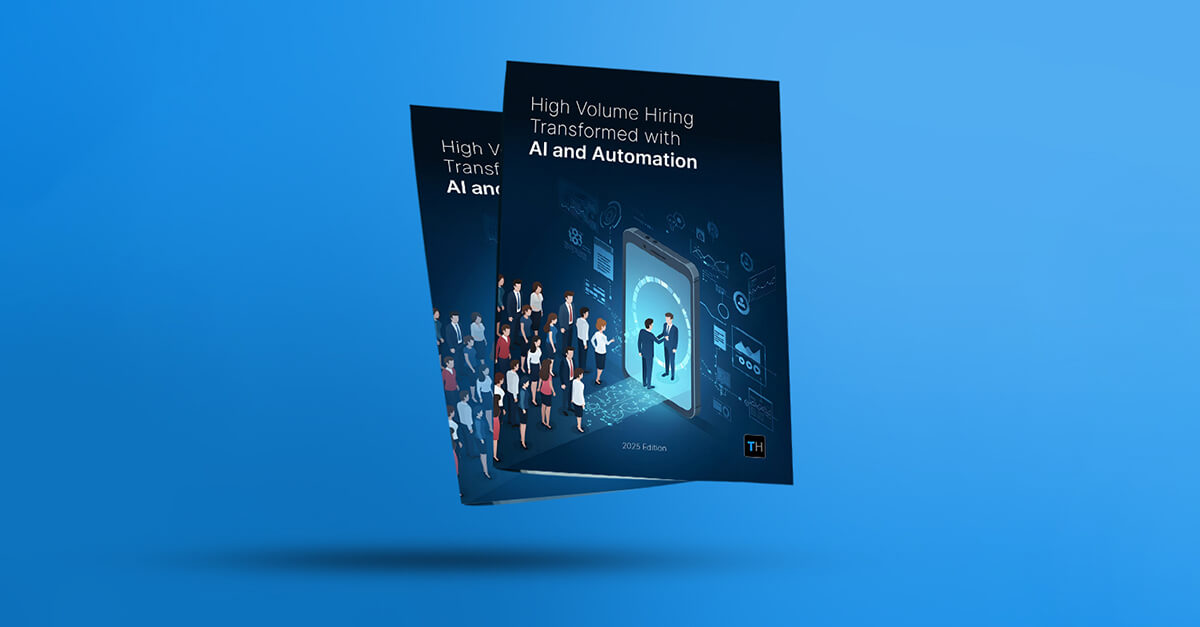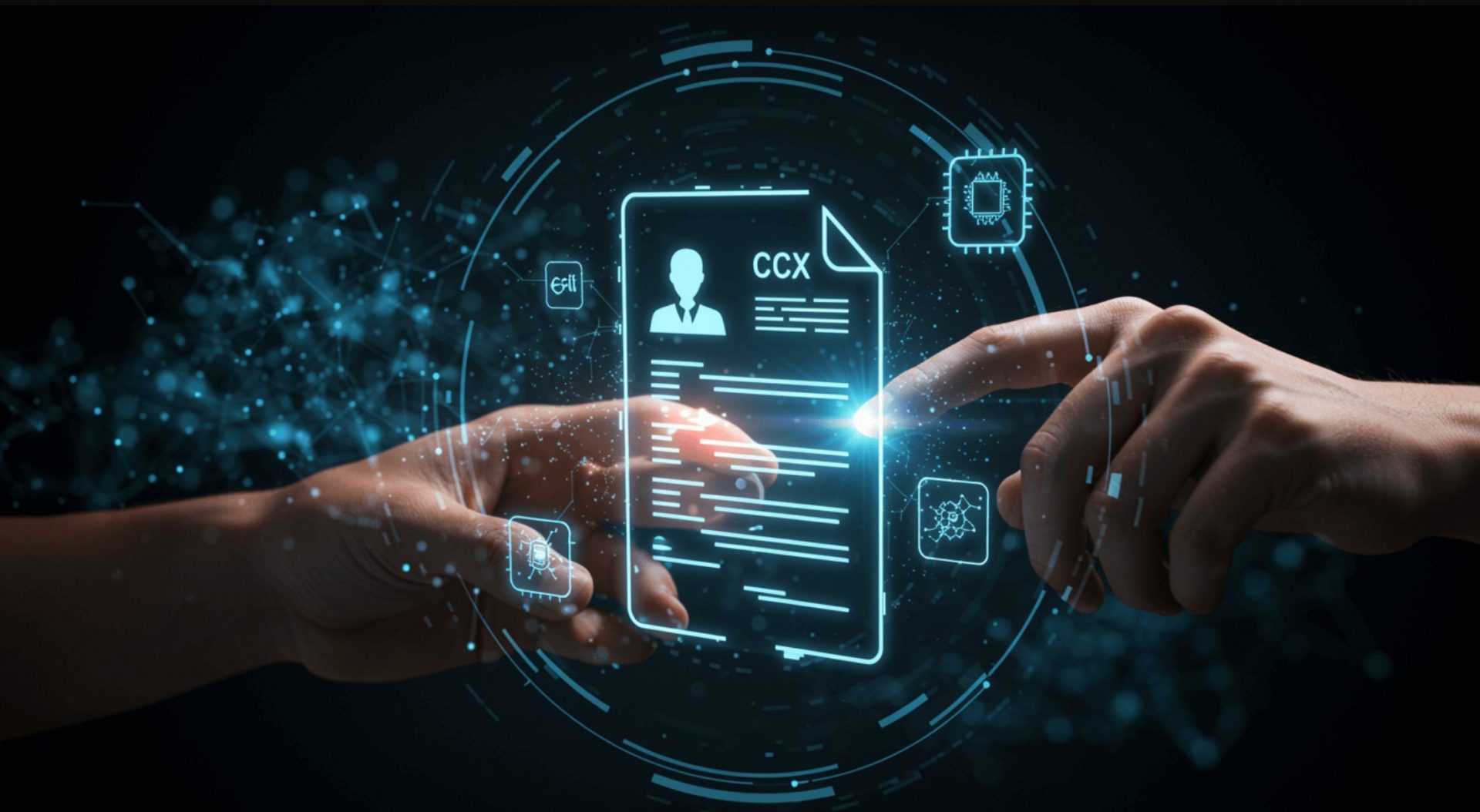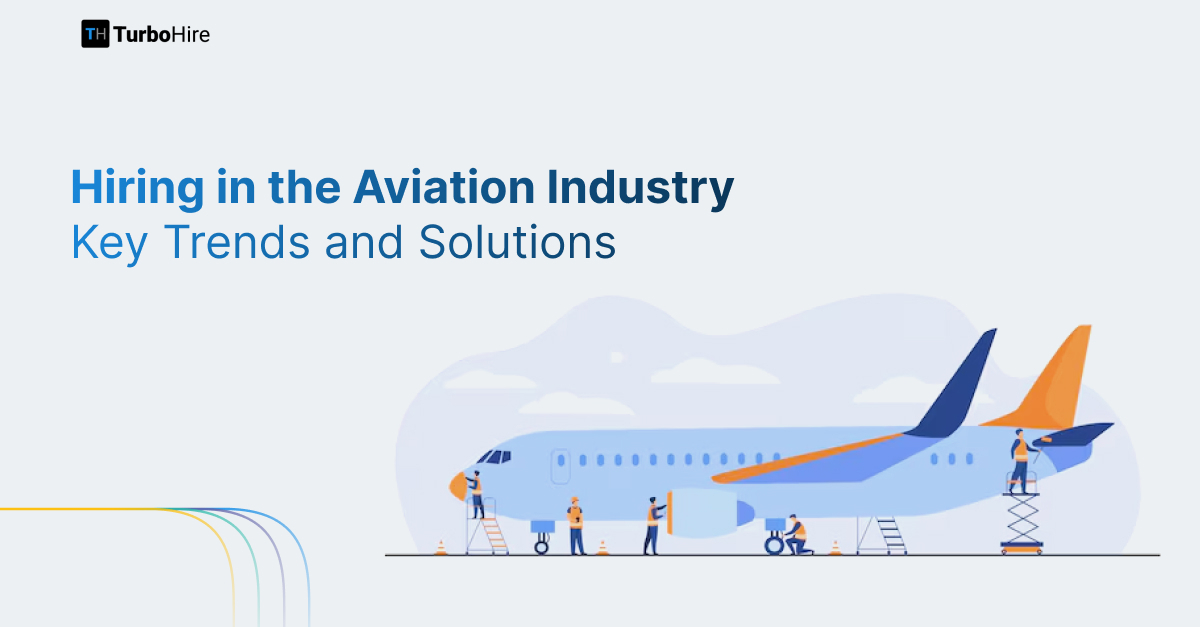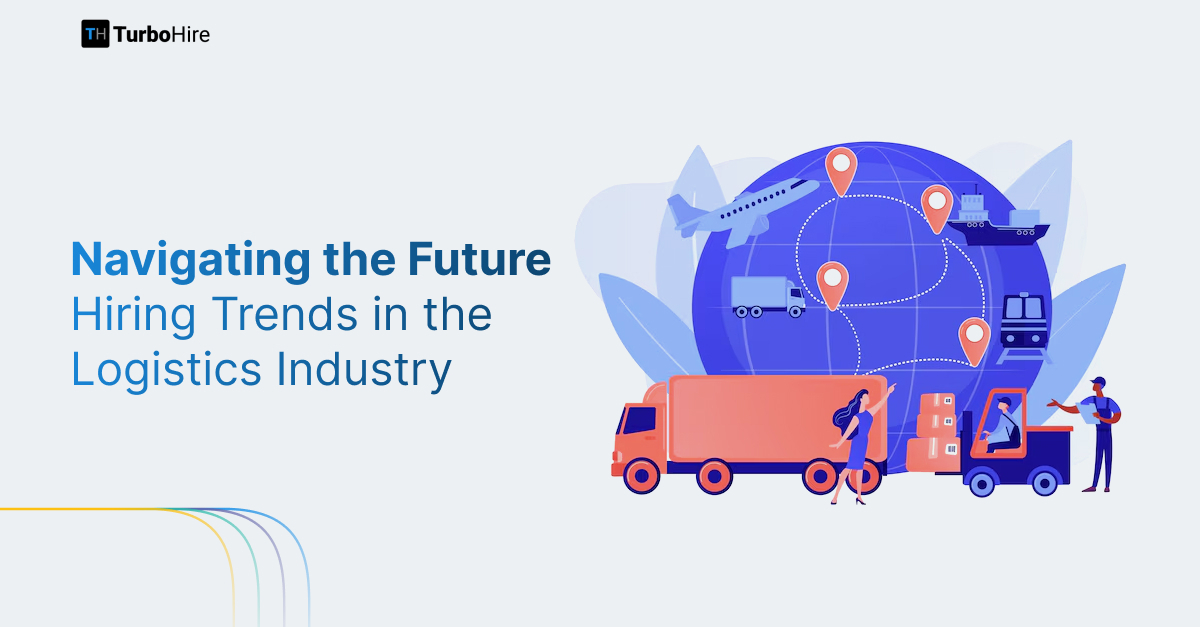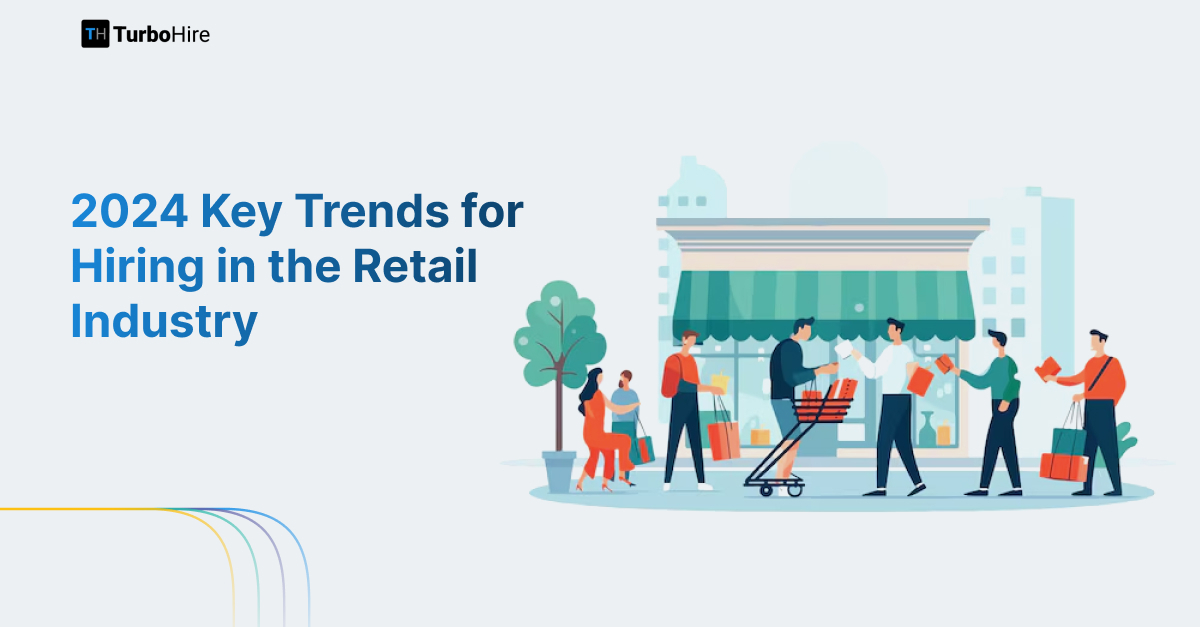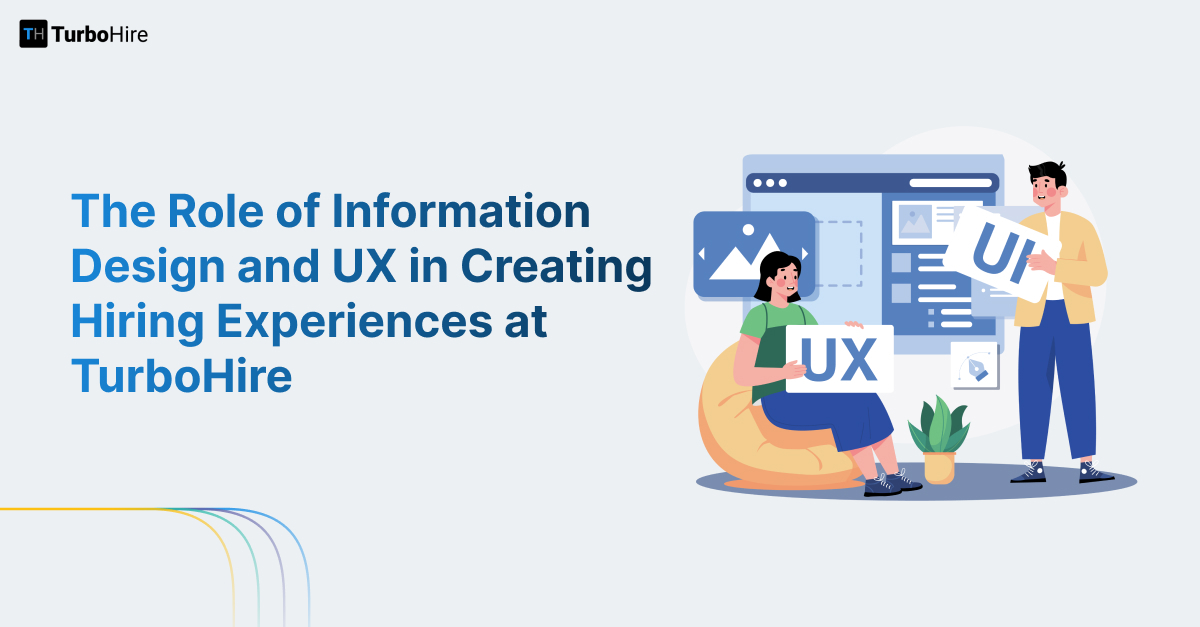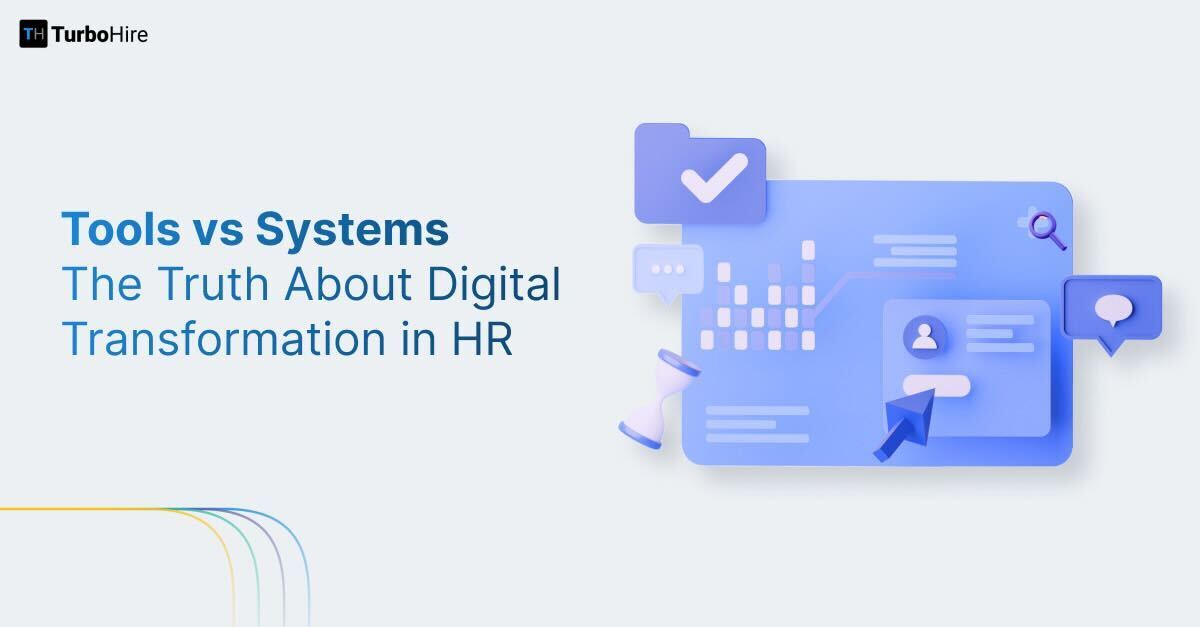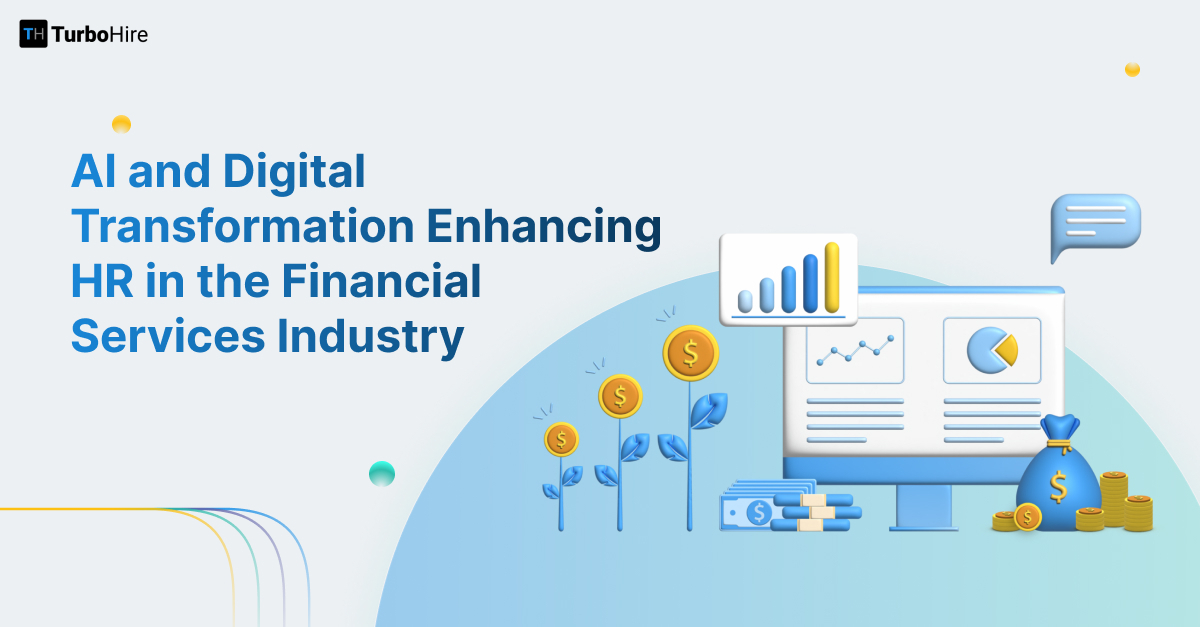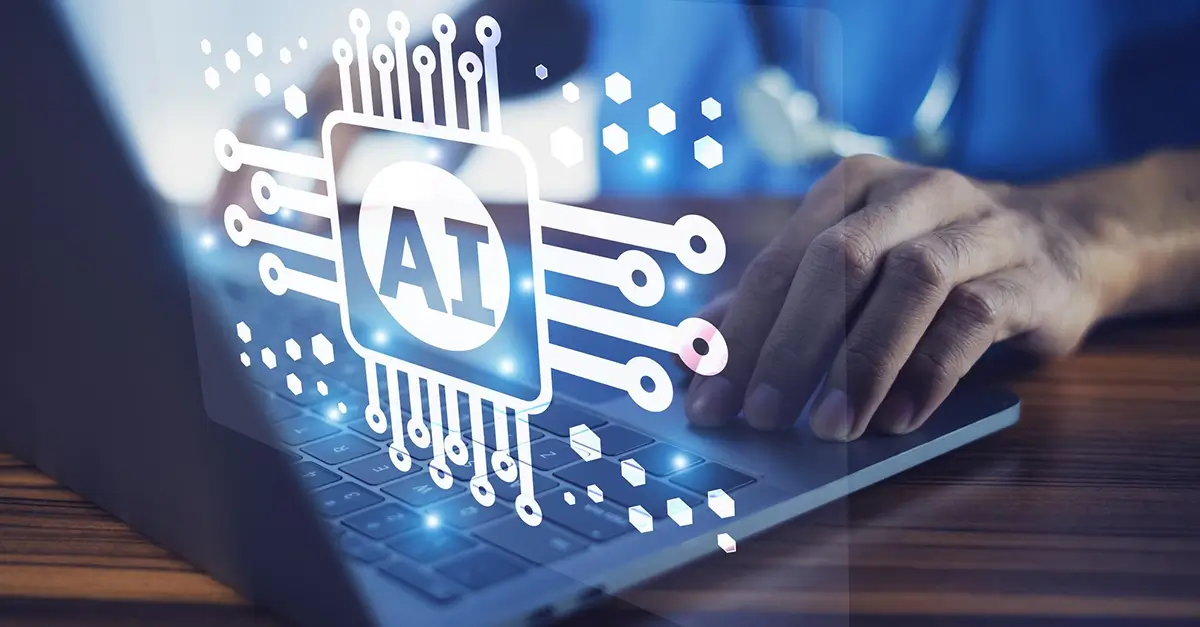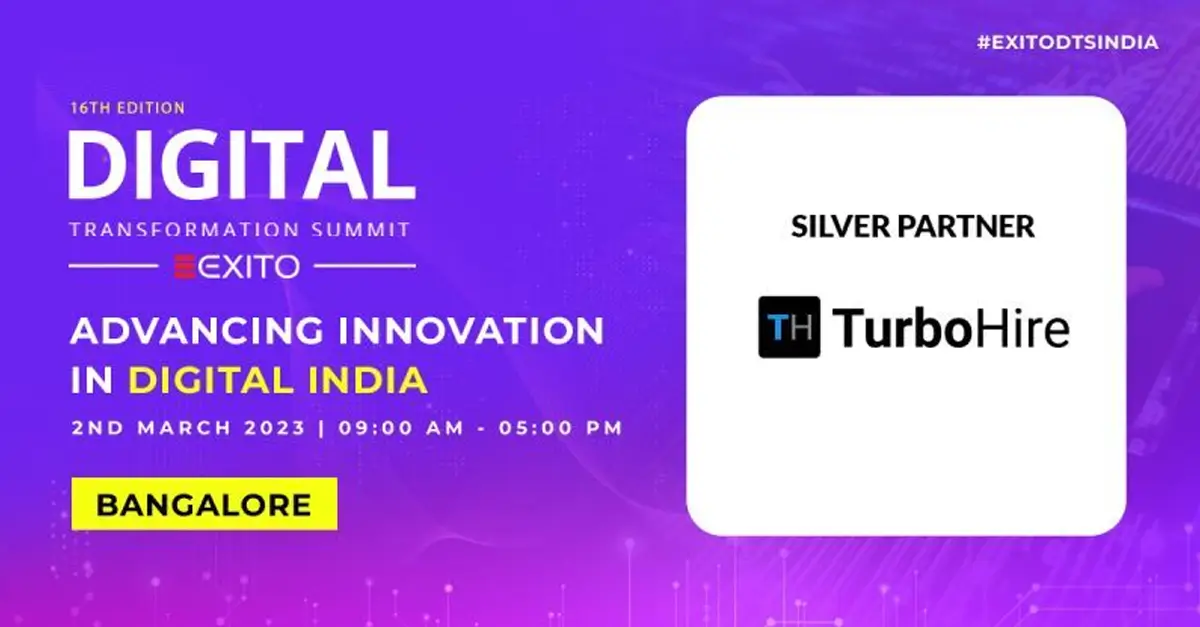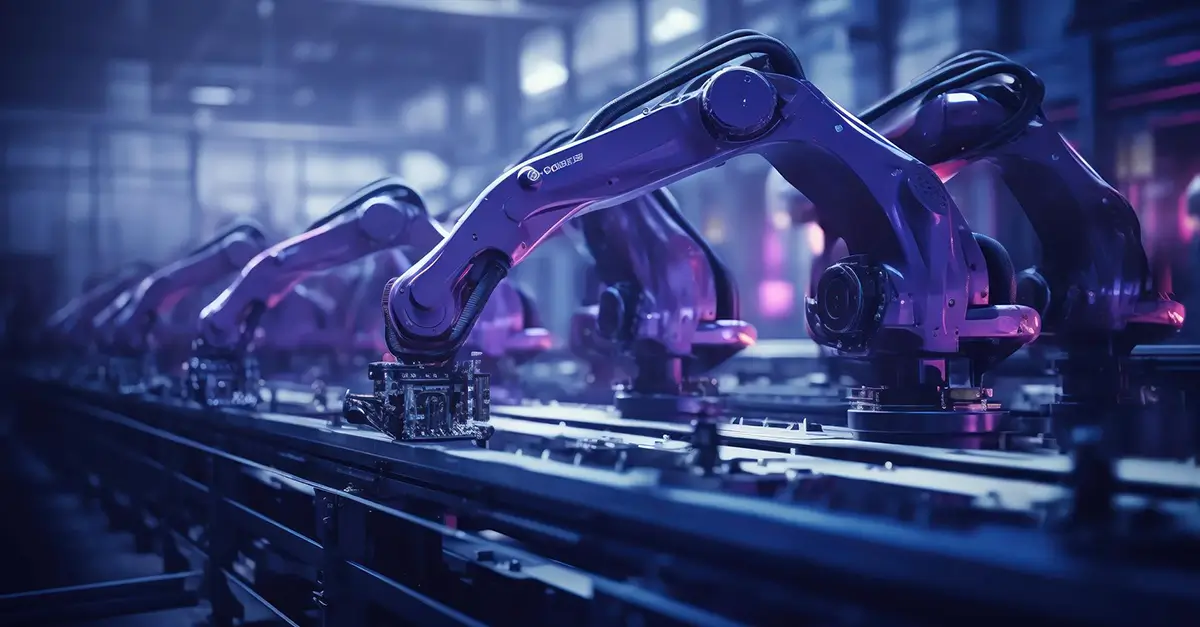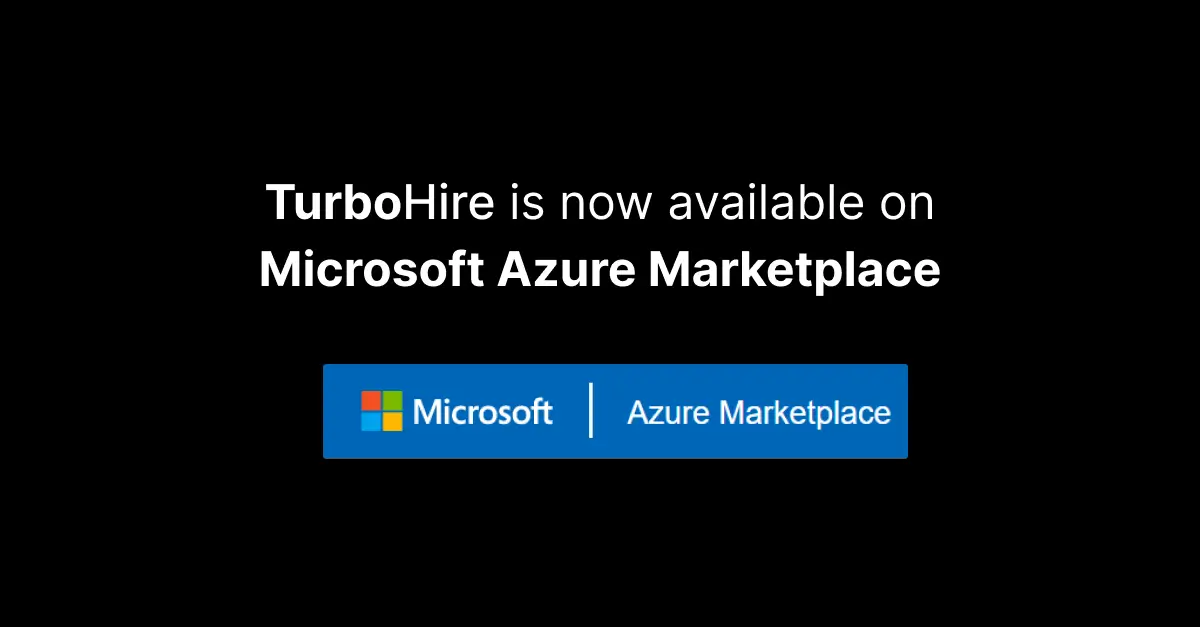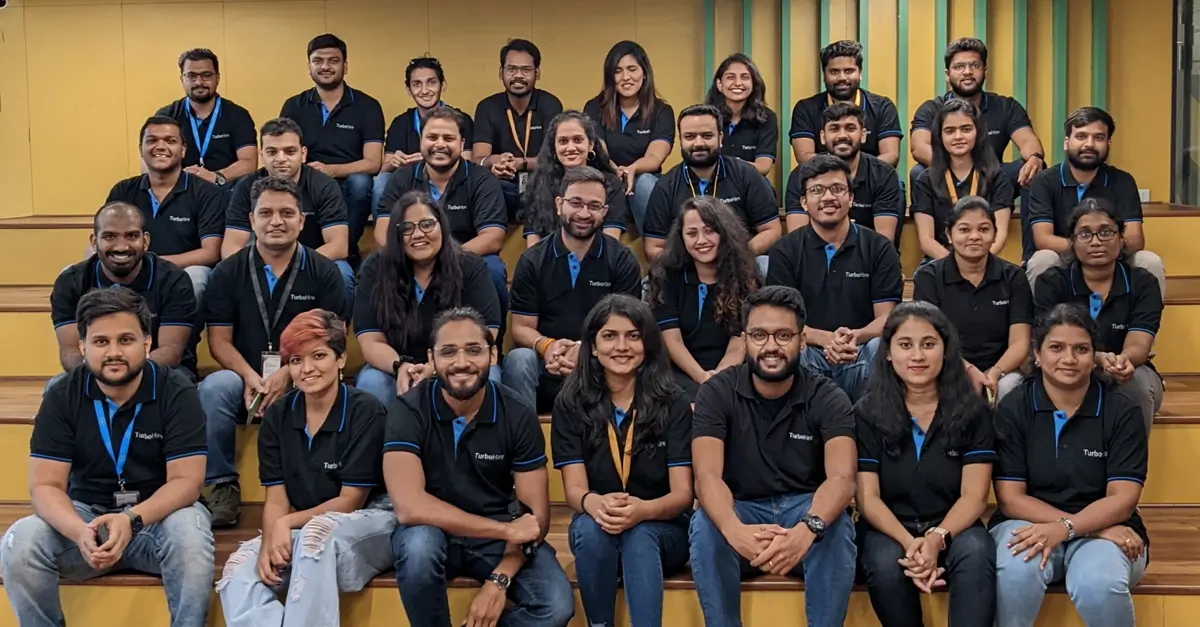Introduction
Diversity, Equity, and Inclusion (DEI) are no longer just buzzwords—they are strategic priorities shaping the future of workplaces worldwide. As organizations strive to build inclusive cultures, DEI initiatives have moved beyond policies to become measurable actions directly impacting business performance. In 2025, DEI will be an essential driver of employee satisfaction, talent acquisition, and organizational growth. This shift demands innovative approaches, and technology emerges as a key enabler of progress in this space.
In today’s dynamic business landscape, fostering a diverse, equitable, and inclusive workforce is no longer optional—it’s a competitive advantage. Companies embracing DEI are witnessing higher levels of creativity, employee engagement, and financial performance. As businesses prepare for 2025, DEI initiatives are expected to align closely with corporate strategies, emphasizing transparency, measurable outcomes, and accountability.
Key drivers of DEI as a strategic priority include:
- Changing Workforce Demographics: The influx of Millennials and Gen Z in the workforce, who prioritize inclusivity and social responsibility.
- Regulatory Pressures: Increasing requirements for companies to demonstrate DEI progress in hiring and workplace policies.
- Business Imperatives: Clear evidence linking DEI to innovation, market growth, and better decision-making.
DEI is no longer a one-size-fits-all approach; it requires tailored strategies that address unique organizational and cultural challenges.
The Role of Technology in DEI Advancements in 2025
Technology is redefining the way organizations approach DEI. Advanced tools and platforms are enabling companies to move from intent to impact by providing data-driven insights, streamlining processes, and fostering equitable workplace environments. By 2025, the integration of technology in DEI efforts will be pivotal for organizations aiming to stay ahead.
Key ways technology drives DEI advancements:
- AI-Powered Hiring Platforms: Tools like TurboHire are eliminating bias in hiring – be it in candidate shorting and resume screening or enabling diverse talent pools to shine based on skills and experience.
- Analytics and Dashboards: Advanced analytics are helping organizations track DEI metrics such as hiring diversity, pay equity, and employee inclusion, making data central to decision-making.
- Employee Engagement Tools: Platforms for anonymous feedback, sentiment analysis, and inclusion surveys ensure every voice is heard, promoting equity across the board.
- Virtual Reality (VR) for Bias Training: Immersive VR environments are being used to train employees on recognizing and overcoming unconscious biases.
As technology evolves, it will play a significant role in creating workplaces where equity and inclusion are not just aspirational goals but lived realities.
The Role of Technology in Promoting Diversity, Equity, and Inclusion
In an increasingly digital world, technology has become a powerful catalyst for promoting Diversity, Equity, and Inclusion (DEI) in workplaces. Organizations are leveraging advanced tools to overcome traditional barriers to inclusivity, streamline DEI initiatives, and foster environments where every employee feels valued and empowered.
As companies gear up for 2025 and beyond, integrating technology into DEI strategies has transitioned from being a forward-thinking choice to a business imperative. From AI-powered hiring platforms to advanced analytics and immersive training tools, technology is enabling organizations to achieve measurable, impactful DEI outcomes.
How Digital Transformation Supports DEI
Digital transformation is reshaping organizational landscapes by embedding inclusivity at every level. By integrating cutting-edge technologies into hiring, employee engagement, and decision-making processes, companies can address unconscious biases and create equitable workplaces.
- Data-Driven Insights for Decision-Making
Analytics platforms are enabling organizations to identify gaps in representation, pay equity, and promotion opportunities. By tracking key DEI metrics, businesses can make informed decisions to ensure fair treatment for all employees. - Bias-Free Hiring Processes
AI tools like TurboHire are eliminating biases in resume screening and candidate evaluation. These tools focus on skills, qualifications, and experiences, allowing diverse candidates to compete on an even playing field. - Enhanced Employee Engagement
Digital platforms for feedback collection and sentiment analysis provide real-time insights into employee experiences. This fosters open communication and identifies areas for improvement in workplace inclusivity. - Training Through Immersive Technologies
Virtual Reality (VR) and Augmented Reality (AR) are being used to deliver impactful DEI training. These immersive experiences allow employees to engage in realistic scenarios, increasing empathy and awareness about unconscious biases.
Key Benefits of Technology-Driven DEI Efforts
Incorporating technology into DEI strategies delivers numerous advantages that enhance both organizational performance and employee satisfaction:
- Increased Representation Across Talent Pipelines
Advanced sourcing tools expand access to diverse talent pools, ensuring a broader range of candidates for every role. - Objective Performance Evaluations
Technology enables consistent and bias-free evaluation processes, ensuring equitable opportunities for recognition and advancement. - Real-Time Monitoring and Accountability
DEI dashboards provide real-time updates on progress, allowing leaders to track the effectiveness of their initiatives and remain accountable for outcomes. - Improved Retention Rates
Inclusive environments fostered by technology-driven efforts lead to higher employee engagement, satisfaction, and retention. - Stronger Employer Branding
Organizations that leverage technology for DEI establish themselves as leaders in inclusivity, attracting top talent and enhancing their brand reputation.
Digital Strategies for Building a More Inclusive Workplace
Building an inclusive workplace has become a key focus for organizations aiming to foster innovation, employee engagement, and sustainable growth. Digital strategies are at the forefront of this transformation, enabling companies to address biases, create equitable opportunities, and empower diverse talent. From implementing virtual Employee Resource Groups (ERGs) to leveraging DEI dashboards, technology provides practical solutions to make inclusivity a core organizational value.
Implementing Virtual Employee Resource Groups (ERGs)
Employee Resource Groups (ERGs) have long been instrumental in fostering inclusion and creating safe spaces for employees. Virtual ERGs take this concept further by breaking down geographical and logistical barriers, ensuring that all employees, regardless of location, can participate actively.
Benefits of Virtual ERGs:
- Enhanced Connectivity: Remote employees can join discussions and events, fostering a sense of belonging.
- Scalability: Digital platforms make it easy to manage larger groups and cater to diverse interests.
- Data-Driven Insights: Participation trends and feedback from ERGs provide valuable input for refining DEI initiatives.
Digital tools such as Slack, Microsoft Teams, and dedicated ERG platforms enable seamless communication and collaboration, empowering employees to connect around shared identities, interests, or challenges.
Inclusive Hiring Portals for Diverse Talent
The hiring process is a critical area for driving inclusivity, and digital hiring portals can play a transformative role. These platforms use AI algorithms to ensure a bias-free and inclusive hiring experience.
Features of Inclusive Hiring Portals:
- Accessibility: Mobile-friendly, login-less portals make it easy for candidates from all backgrounds to apply.
- AI-powered Evaluations: AI tools assess candidates based on skills and qualifications rather than demographic factors.
- Broad Talent Reach: Job ads optimized for diverse sourcing channels ensure outreach to underrepresented communities.
Solutions like TurboHire streamline the hiring process, empowering organizations to attract, evaluate, and hire diverse talent pools efficiently.
DEI Dashboards for Tracking Progress
Achieving DEI goals requires measurable outcomes, and DEI dashboards provide organizations with a centralized tool to monitor and analyze their progress. These dashboards leverage real-time data to deliver actionable insights, making DEI efforts more transparent and accountable.
Key Metrics on DEI Dashboards:
- Diversity in Hiring: Representation of different genders, ethnicities, and abilities across roles.
- Pay Equity: Analysis of compensation gaps across demographic groups.
- Inclusion Metrics: Employee sentiment, feedback, and participation in DEI initiatives.
By integrating data from hiring platforms, HR systems, and engagement tools, DEI dashboards provide a comprehensive view of organizational inclusivity, helping leaders identify areas for improvement.
Using AI to Reduce Bias in Hiring and Promotion
Bias in hiring and promotion decisions can hinder an organization’s diversity and inclusion efforts. AI-driven solutions offer a transformative approach to minimize unconscious bias, enabling fair and objective decision-making. By focusing on skill-based evaluations and data-driven insights, AI helps organizations build diverse, equitable, and inclusive workplaces.
AI-Powered Candidate Screening and Skilled-Based Matching
Traditional hiring processes can be susceptible to biases stemming from subjective evaluations or personal preferences. AI-powered candidate screening tools are changing this dynamic by assessing applicants based solely on their skills, qualifications, and experiences.
Key features of AI in candidate screening include:
- Objective Shortlisting: AI algorithms evaluate resumes without factoring in names, gender, or other identifying details that could lead to bias.
- AI-powered Matching: AI ensures precise candidate alignment by evaluating skills, education, and experience to match the requirements of respective positions.
- Enhanced Efficiency: These tools process large volumes of applications quickly, ensuring every candidate gets an equal opportunity to be considered.
By implementing AI for candidate screening and interviewing, organizations can prioritize
Advantages of AI for Fair and Objective Decision-Making
AI’s ability to analyze data without human bias offers several benefits for hiring and promotions:
- Consistency: AI ensures uniformity in evaluating candidates and employees, reducing inconsistencies caused by subjective judgments.
- Transparency: Data-driven processes provide clear, measurable criteria for decision-making, making DEI efforts more credible.
- Scalability: AI tools can handle large-scale hiring and evaluation processes, ensuring equitable treatment for all applicants and employees.
- Bias Reduction: By removing personal identifiers from evaluations, AI minimizes the impact of unconscious biases on decisions.
TurboHire: Transforming Hiring Experiences for All Stakeholders
TurboHire is an AI-powered and automation-enabled platform designed to streamline the hiring process and deliver seamless, efficient, and equitable experiences for all stakeholders involved. Unlike traditional hiring tools, TurboHire integrates intelligent automation with user-friendly workflows to ensure that recruiters, candidates, interviewers, approvers, and leadership benefit equally from the platform.
Key Features of TurboHire:
Enhancing the Recruiter Experience
Optimizing the recruiter experience is key to efficient talent acquisition. TurboHire automates repetitive tasks and provides valuable insights, enabling recruiters to focus on engaging top talent and improving candidate relationships.
- Candidate Sourcing: Streamline sourcing with 1-click LinkedIn auto-searches, bulk uploads, QR code applications, and seamless candidate data integration.
- AI-Powered Screening: Effortlessly evaluate resumes with AI-driven tools that identify top candidates and allow retargeting across formats.
- Automated Interview Scheduling: Automatically schedule interviews with integrated calendar systems, minimizing manual effort.
- Multi-Channel Candidate Communication: Centralize interactions across channels on a single screen for streamlined communication and task management.
Improving the Candidate Experience
A positive candidate experience enhances satisfaction and strengthens employer branding. TurboHire ensures smooth processes and real-time updates for candidates.
- Login-less Mobile-Friendly Platform: Provide a seamless process with whatsapp instant notifications and no repeated logins.
- WhatsApp Bots for Candidate Engagement: Automate screening, status updates, interview scheduling, and information collection to keep candidates engaged.
- Simple Offer Acceptance for Candidates: Enable easy offer acceptance directly through the WhatsApp bot for a hassle-free experience.
Enhancing Approver Experience
Streamlining the approver experience ensures alignment with budgets and policies while maintaining hiring efficiency.
- Login-less Mobile-Friendly Platform: Approve requisitions and offers seamlessly without repeated logins.
- Approval Workflow Access: Create workflows for easy access and tracking of recruiter progress, ensuring smooth processes.
- Internal Dashboard Access: Use customizable dashboards for efficient task tracking and streamlined approvals.
Streamlining the Interviewer Experience
TurboHire simplifies the interviewer’s role, automating scheduling, centralizing feedback, and enhancing evaluation quality.
- One-Way Interviews: Review recorded responses to evaluate communication skills and cultural fit effectively.
- Interview Assistant: Access job-specific questions and ideal answers to ensure relevant assessments.
- Structured Feedback Forms: Use templates and centralized feedback for consistent candidate evaluations.
- Login-less Mobile-Friendly Platform: Easily access candidate profiles and manage interviews with instant notifications.
Empowering Leadership Experience
TurboHire empowers leadership teams with real-time analytics and customizable dashboards for strategic hiring decisions.
- Real-Time Analytics and Configurable Dashboards: Monitor key hiring metrics to align strategies with business objectives.
- Login-less Mobile-Friendly Platform: Access dashboards without repeated logins for a seamless experience.
- Recruitment Activity Tracking: Track recruitment data across positions and business units from a centralized interface.
Enhancing the Administrative Experience
TurboHire simplifies administrative tasks with comprehensive tools for managing the platform and ensuring efficient workflows.
- Flexible and Comprehensive Platform Management: Configure permissions, track processes, and ensure efficient collaboration from a single interface, in a no-code manner.
- Comprehensive Admin Control: Manage all jobs, candidates, and modules with full oversight for a streamlined and customized experience.
How Data and Analytics Can Help Monitor and Improve DEI
Data and analytics have become indispensable for advancing Diversity, Equity, and Inclusion (DEI) in the workplace. By leveraging these tools, organizations can move beyond aspirational DEI goals to actionable, measurable outcomes, fostering a culture of inclusivity and fairness. Real-time monitoring, data-driven insights, and KPI tracking are the cornerstones of this transformation.
Real-time data analytics enables organizations to track DEI progress with precision, using centralized dashboards to provide a comprehensive view of diversity in hiring, pay equity, and employee inclusion. Instant insights from these dashboards highlight trends and areas that require immediate attention, ensuring transparency and accountability. Progress tracking through regular updates ensures that organizations remain aligned with their DEI objectives.
Data analytics also uncovers hidden gaps and opportunities to enhance DEI efforts. Representation analysis helps identify disparities across gender, ethnicity, and other demographic groups within various organizational levels. Pay equity assessments ensure fair compensation practices, while employee sentiment analysis provides valuable insights into how inclusivity is perceived across the workplace. These insights empower organizations to address inequities and create tailored initiatives that drive inclusivity.
Tracking Key Performance Indicators (KPIs) ensures the long-term success of DEI initiatives. Metrics such as hiring diversity, retention rates of underrepresented groups, promotion equity, and employee engagement offer a clear picture of progress. For instance, tracking the hiring of underrepresented groups, monitoring their retention, and assessing engagement levels help measure the tangible impact of DEI strategies. Consistently evaluating these KPIs allows organizations to make data-informed decisions and implement sustained improvements.
By integrating real-time monitoring, gap analysis, and KPI tracking into their DEI strategies, organizations can ensure continuous progress and create workplaces that prioritize diversity, equity, and inclusion. This approach not only drives innovation and employee satisfaction but also strengthens organizational resilience and adaptability in today’s competitive landscape.
Real-Life Examples of Companies Successfully Using Tech for DEI
Technology has become a key enabler for organizations aiming to enhance Diversity, Equity, and Inclusion (DEI). From leveraging AI to reduce hiring bias to implementing digital tools for inclusivity, global companies are setting benchmarks in how technology can drive measurable DEI outcomes. Here are real-life examples of companies using tech to champion DEI in their workplaces.
Salesforce: Transparency and Accountability in DEI
Salesforce has emerged as a leader in integrating technology with DEI initiatives, focusing on transparency and accountability. Through its Equality Dashboard, Salesforce tracks diversity metrics in real time, including representation across gender, ethnicity, and roles. These insights allow leadership to identify gaps and ensure equity at all organizational levels.
Additionally, Salesforce uses advanced analytics to measure the success of its DEI strategies, ensuring alignment with its company-wide equality goals. By integrating these tools into decision-making processes, Salesforce demonstrates how technology can make DEI efforts more actionable and transparent.
Unilever: Reducing Bias with AI in Hiring
Unilever has adopted AI-powered hiring tools to eliminate bias and create an equitable recruitment process. The company uses AI-driven platforms to assess candidates based on skills, qualifications, and potential, rather than demographic identifiers such as gender or ethnicity.
Unilever also utilizes gamified assessments and digital interviews powered by AI to evaluate candidates fairly and consistently. These tools help Unilever reach a broader talent pool, ensure a merit-based hiring process, and uphold the company’s commitment to inclusive hiring practices.
Microsoft: Supporting Inclusivity Through Digital Tools
Microsoft is leveraging digital tools to build an inclusive workplace that values diversity. The company offers AI-driven accessibility features in its products, such as real-time captioning and screen readers, making its workplace more inclusive for employees with disabilities.
Internally, Microsoft uses Power BI dashboards to track and analyze DEI metrics, ensuring that representation and equity goals are met across all departments. The company also hosts virtual Employee Resource Groups (ERGs) on platforms like Microsoft Teams to foster community and inclusivity among employees from underrepresented groups.
Conclusion
As organizations look toward 2025, Diversity, Equity, and Inclusion (DEI) is no longer a peripheral initiative—it is central to driving innovation, improving employee satisfaction, and achieving sustainable growth. The integration of advanced technologies, such as AI-powered hiring platforms, analytics dashboards, and immersive training tools, empowers companies to not only set ambitious DEI goals but also achieve measurable and impactful results.
The key to success lies in leveraging data-driven insights to eliminate biases, foster transparency, and create inclusive workplaces where diverse talent can thrive. Organizations that prioritize DEI, supported by cutting-edge tools and digital strategies, position themselves as leaders in a competitive landscape, attracting top talent, building strong employer brands, and achieving long-term resilience.
By embracing DEI as a strategic priority and harnessing the power of technology, businesses can create equitable environments that benefit employees and drive organizational success. The journey toward a more inclusive future starts now, with data, accountability, and innovation as the guiding principles.


